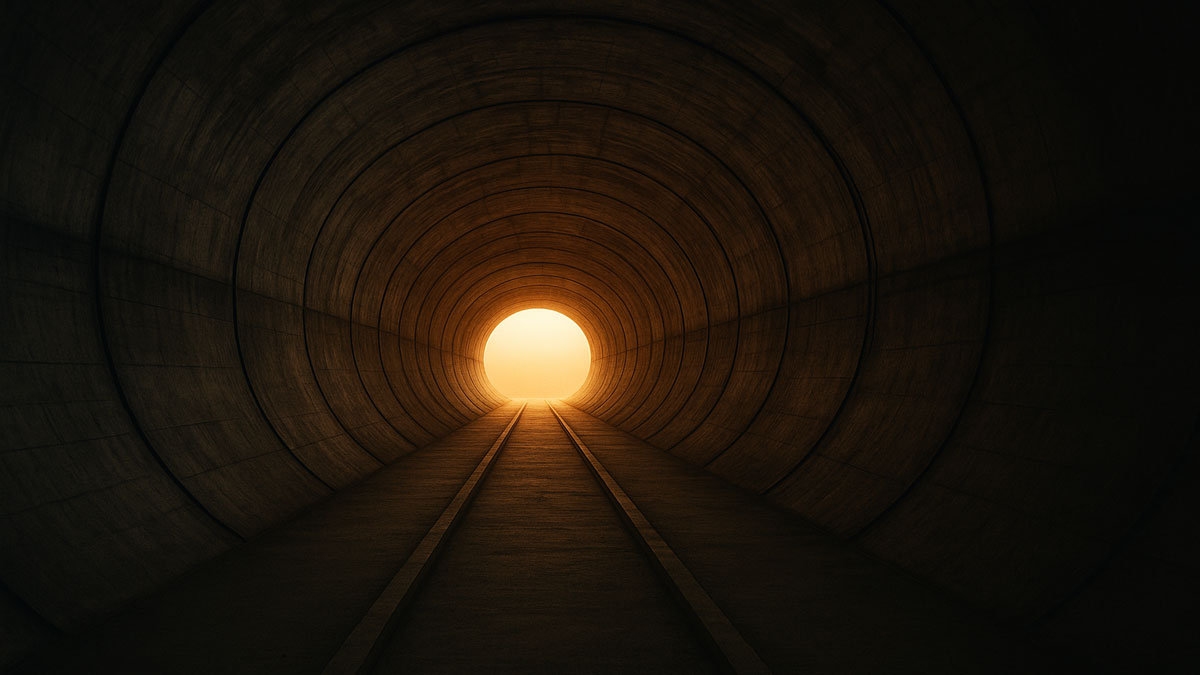The theory of plate tectonics, which refers to “plate structure,” originated in the 1960s. This theory elucidates the dynamics of the Earth’s plates, a phenomenon that has been scientifically validated, and accounts for the origins of earthquakes, volcanic activity, oceanic trenches, the formation of mountain ranges, and various other geological occurrences.
Plate tectonics:
Plate tectonics, derived from Late Latin tectonics, is a scientific theory that explains the large-scale movements of the Earth’s lithosphere. This theory advances concepts such as continental drift, which Alfred Wegener proposed in the early 20th century, and seafloor spreading, which was developed in the 1960s.
Types of Plate Boundaries:
Three distinct plate boundaries can be identified based on the movement of the plates to each other. Each type is linked to specific surface phenomena. The plate boundaries can be categorized as follows:
- Transform boundaries
- Divergent boundaries
- Convergent boundaries
Transform boundaries:

Transform faults occur when plates slide past each other along transform boundaries. The relative motion of the two plates can be either sinistral, with the left side moving towards the observer, or dextral, with the right side moving towards the observer. The San Andreas Fault in California is an example of a transform boundary exhibiting dextral motion.
Divergent boundaries:

Divergent boundaries are formed when two tectonic plates separate. Examples of such boundaries include mid-ocean ridges like the Mid-Atlantic Ridge and active zones of rifting like Africa’s Great Rift Valley. At divergent boundaries, new crust is formed as plates separate.
Oceans expand as a result of this divergence. This process leads to rifts on land, eventually causing the land to break apart into distinct masses, with water filling the space between them over time.
An example is Iceland, splitting along the Mid-Atlantic Ridge, a divergent boundary between the North American and Eurasian Plates. As North America moves westward and Eurasia moves eastward, a new crust forms on either side of the diverging boundary.
Convergent boundaries:

When an oceanic plate pushes into and subducts under a continental plate, it causes the continental plate to rise and form a mountain range. As the oceanic plate sinks smoothly into the subduction trench, the deepest part of the plate breaks into smaller pieces, which become locked in place for long periods before suddenly moving, leading to significant earthquakes.
These earthquakes often result in the uplift of the land by several meters. During this process, when one plate sinks beneath another, forming a subduction zone, the crust breaks up and falls back into the Earth’s interior. Mountains and volcanoes are commonly found in areas where plates converge. There are three types of convergent boundaries.
- Oceanic-Continental Convergence
- Oceanic-Oceanic Convergence
- Continental-Continental Convergence.
Oceanic-Continental Convergence:
When a slender, compact oceanic plate meets a comparably buoyant, substantial continental plate, the oceanic plate gets pushed beneath the continental plate; this process is known as subduction.
Oceanic-Oceanic Convergence:
When two oceanic plates collide, one can be forced beneath the other, causing magma from the mantle to rise and form volcanoes nearby. This collision also leads to the creation of deep oceanic trenches. For example, the Mariana Trench results from the subduction of the Philippine Plate beneath the Pacific Plate.
Additionally, the convergence of oceanic plates gives rise to undersea volcanoes. Throughout millions of years, the accumulated lava and volcanic materials on the ocean floor led to the emergence of submarine volcanoes above sea level, forming island volcanoes. These volcanoes are often arranged in chains known as island arcs.
Continental-Continental Convergence:
When two continents collide directly, neither is forced beneath the other because the continental rocks are relatively light and resist downward movement like two colliding icebergs. Instead, the crust tends to fold and be pushed upward or sideways.
Mountain ranges are formed when two continental plates collide, as the colliding crust is compressed and pushed upwards. The collision of India and Asia 50 million years ago caused the breakup of the Eurasian plate and the movement of the Indian plate.
Following the collision, the two plates’ gradual and continuous convergence over millions of years pushed the Himalayas and the Tibetan Plateau to their current heights. Most of this growth has occurred over the past 10 million years.
The Role of Plate Tectonics Theory in Shaping Earth
- The continental crust remains in place due to its lower density, making it a permanent feature. In contrast, the oceanic crust sinks and undergoes continuous formation and destruction.
- The Eurasian Plate and other continental plates can comprise a combination of continental and oceanic crust.
- The continental crust might stretch well beyond the edges of the landmass.
- Plates cannot overlap. They either rise to form mountains, sink into the mantle, and get destroyed.
- No gaps are allowed, so a new oceanic crust is created whenever plates move away from each other.
- If a new oceanic crust is created in one place, it must be destroyed elsewhere.
- Plate movement occurs gradually and consistently over time.
- The majority of essential landforms are located at boundaries.






